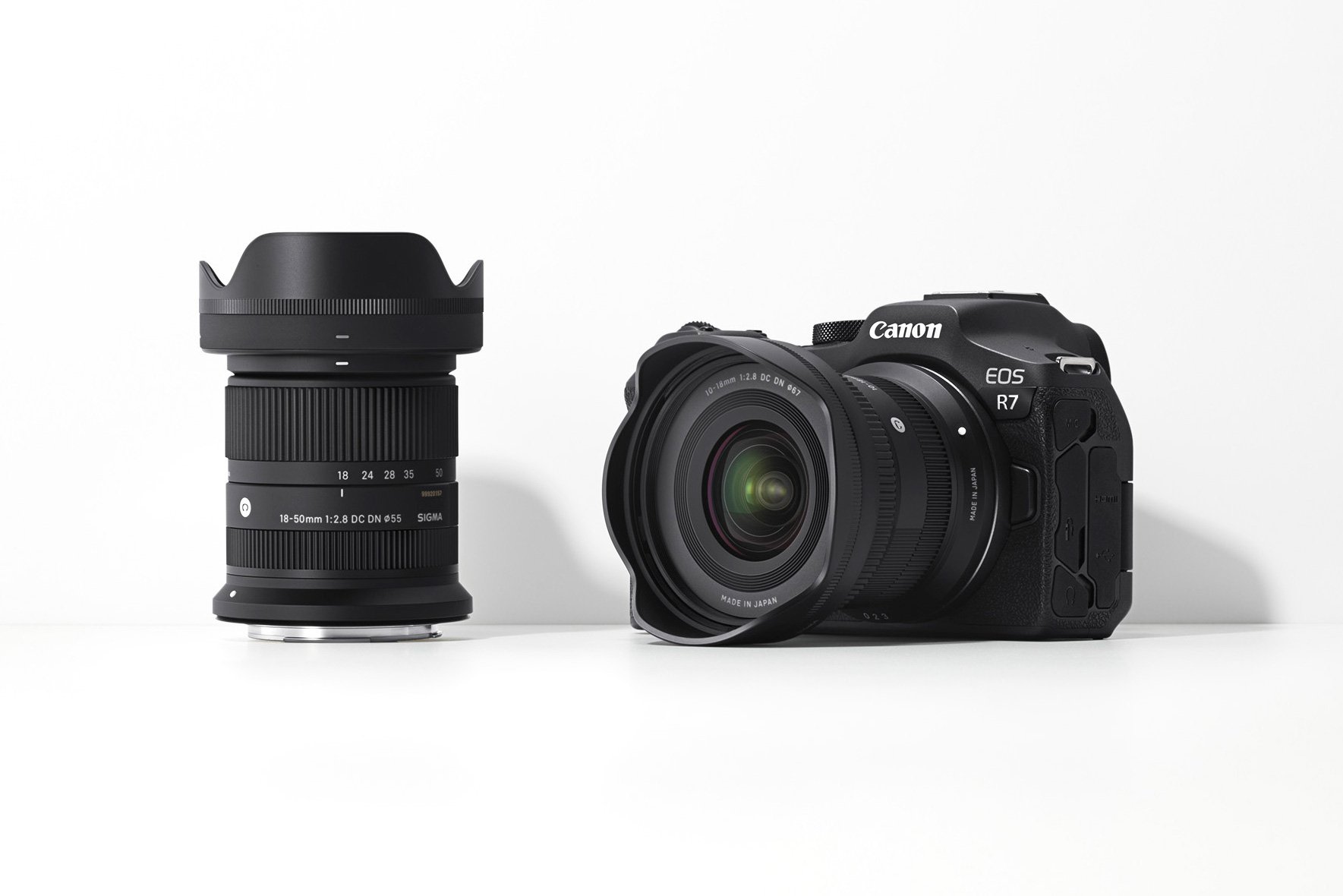I guess many of us were waiting for this: the possibility to use Sigma's excellent…
Interview With Canon Execs About Smartphones, EOS M2, 4K, Lenses, and more

Dpreview conducted an interview with 5 Canon executives, most notably Mr. Masaya Maeda and Mr. Go Tokura. The interview was conducted via a translator and is the summary of three conversations. Below some excerpts from the interview.
When asked if smartphones are seen as a threat, Mr. Maeda said:
We don’t see the smartphone as an enemy. We like to see it as representing an infrastructure which we should be making use of. If we make sure that we continue to produce cameras that do things which smartphones can’t, and we also continue to provide links between our cameras and smartphones we’ll be able to create a system which is of benefit to our customers.
When asked if we will soon see a really affordable full-frame Canon DSLR, Mr. Ken-Ichi Shimbori said:
We can’t reveal plans for our future product development, but as you know we released the EOS 6D in 2012, which is designed for the mass market [and he added that Canon will look at user feedback for this]
About Canon’s often mentioned conservative approach to technology and innovation:
[…] we are incorporating technological innovation into our products. The EOS 70D’s Dual Pixel AF technology is a good example of innovation that is unique to Canon.Dual Pixel CMOS AF was born out of the concept of allowing the user to freely choose which kind of finder they wanted to use. The optical finder, the camera’s LCD or the screen of a mobile device via our EOS Remote app.
Was the Canon EOS M (price & specs) an experiment?
Well it was certainly an experiment! Japan and Asia as a whole accept mirrorless cameras more than any other markets. In the US, in terms of total number of cameras sold, mirrorless cameras account for less than 20%.
Will the come to the US and EU market? Mr. Tokura says:
It’s a possibility but we haven’t made a final decision yet. We’re looking at the market [more about this issue here]
When asked if it is easier to make lenses for mirror less systems, Mr. Naoya Kaneda answers:
In designing lenses for mirrorless cameras we have a degree of freedom, in that they don’t need to have a long flange back distance. Especially when making high-quality wide zoom lenses, it’s easier to design them for a mirrorless platform. A good example of this is the 11-22mm zoom for the EOS M. Its optical performance is very high.
There is much more in the interview at DPreview, for instance Canon’s commitment to videography:
People are taking more movies with still cameras. We’ve confirmed this trend […] For this reason video is an important feature even on entry-level cameras, and one that people are looking for.




